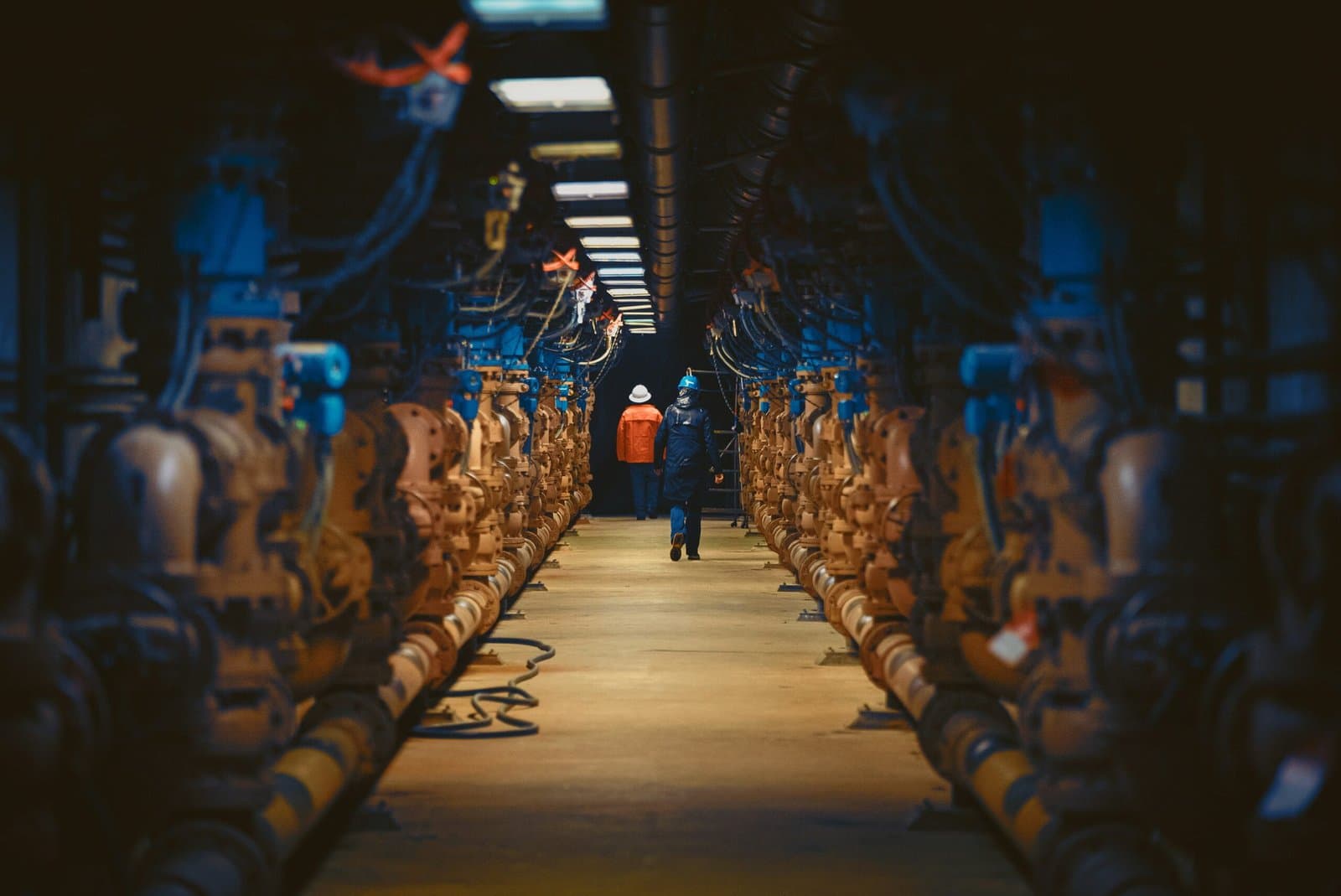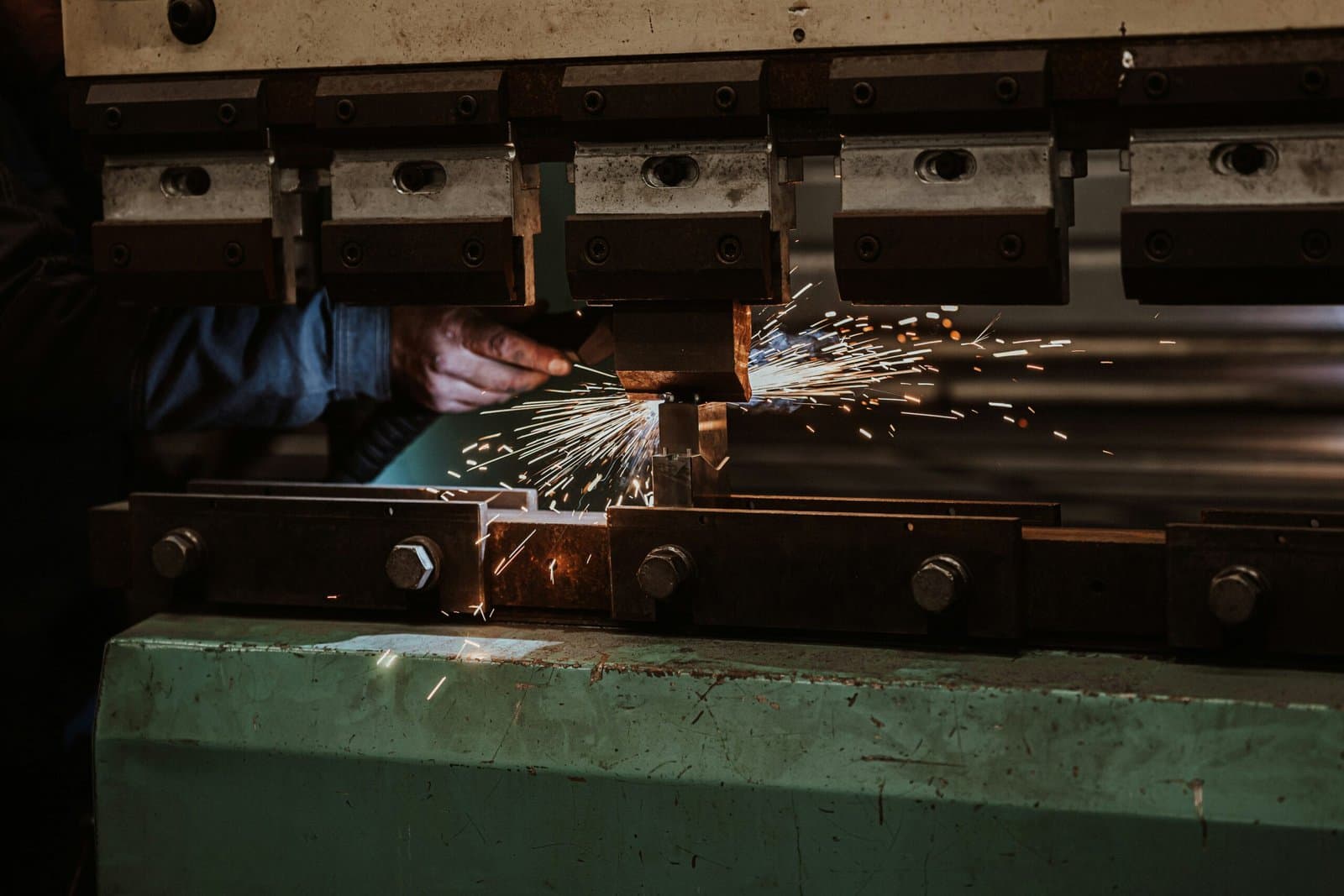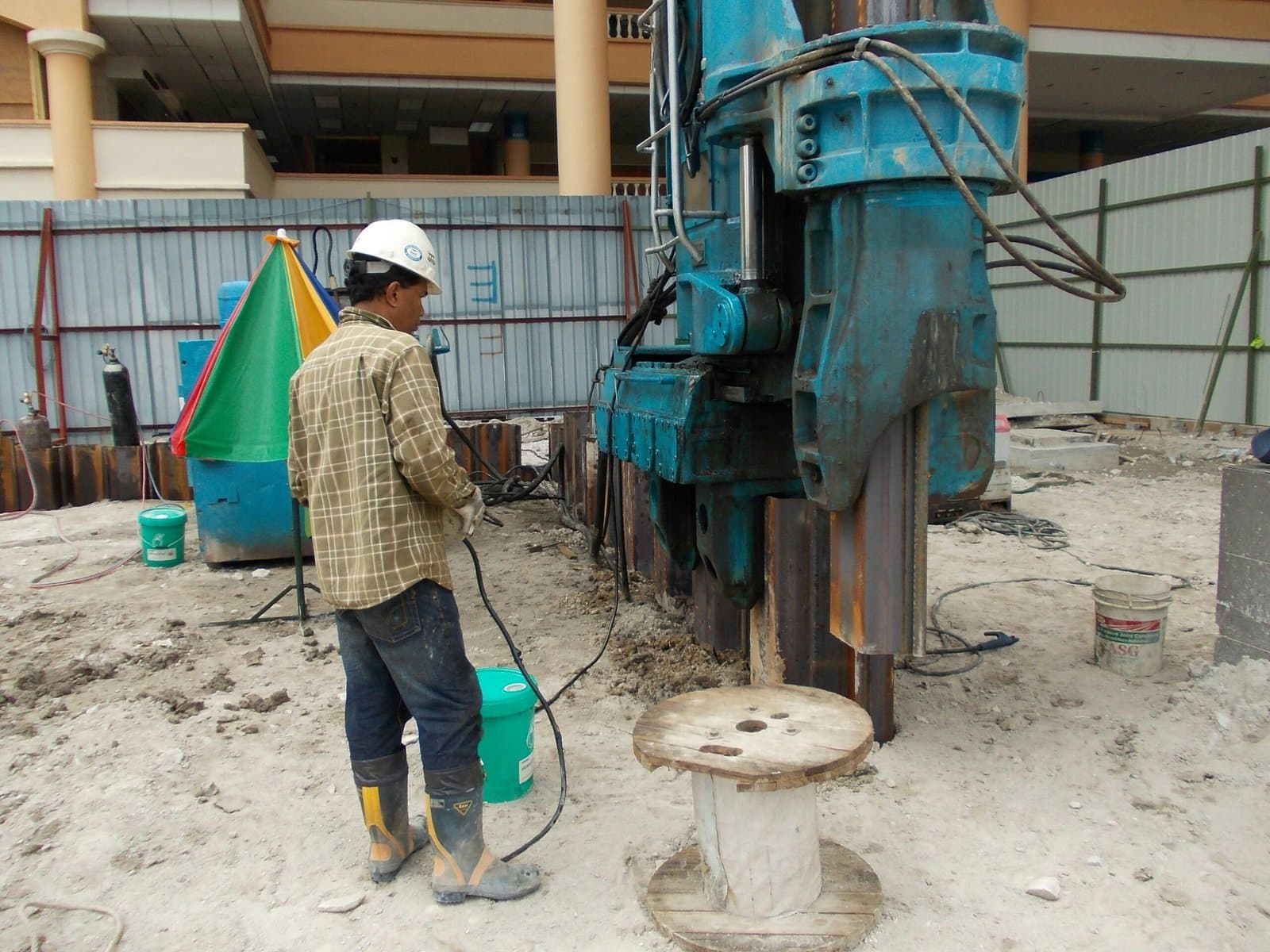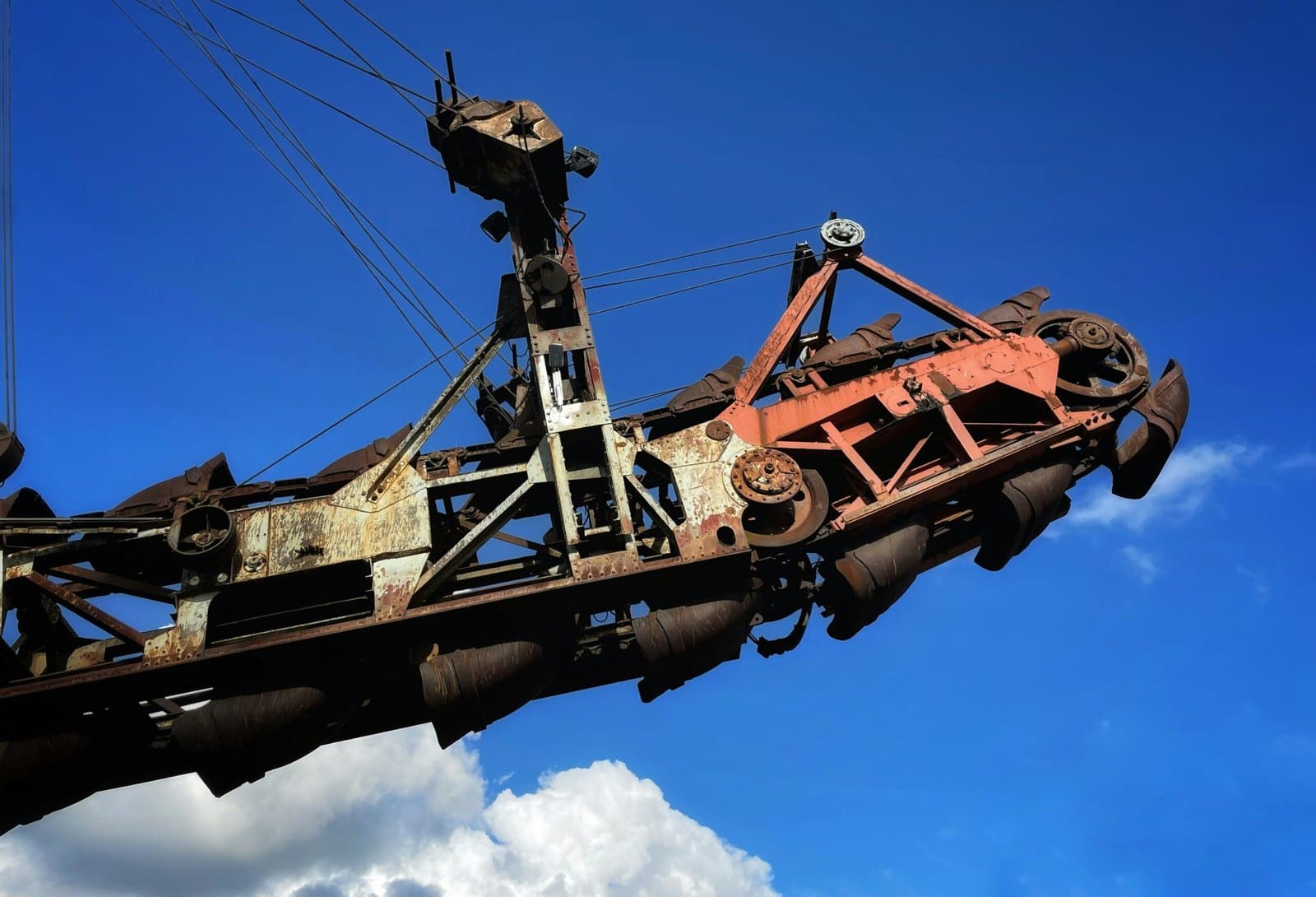The Value Steel Fabrication Brings to Different Industries

Steel fabrication is vital in modern industries, acting as the backbone for sectors that rely on durable, customizable, and cost-effective materials. The ability to shape and assemble steel into precise structures allows businesses to create everything from skyscrapers to automobiles with remarkable efficiency. This blog will explore how steel fabrication provides value across critical industries, including construction, automotive, aerospace, oil & gas, and manufacturing.
Construction: Building the Future
The construction industry relies heavily on steel fabrication to create structures that are strong and flexible enough to meet modern architectural and engineering demands. Steel’s inherent strength and durability make it a preferred material for constructing buildings, bridges, and other infrastructure projects. Its ability to bear immense weight while remaining lightweight compared to other materials, such as concrete, makes it ideal for high-rise and low-rise buildings.
Steel fabrication provides the versatility needed to meet customized architectural designs. From beams and columns to intricate frameworks for stadiums and airports, fabricated steel ensures that projects can meet each build’s unique requirements. Prefabricated steel components also accelerate construction timelines, reducing labor costs and improving project efficiency. The long-term benefits, such as resistance to corrosion, weather elements, and high stress, make steel an invaluable asset to the construction industry.
In addition, sustainability is becoming a central focus in construction, and steel fabrication contributes to greener building practices. Steel is 100% recyclable, and many projects now focus on using recycled steel without sacrificing quality, reducing the environmental impact of construction.
Automotive: Driving Innovation
The automotive industry has always been driven by innovation, and steel fabrication is at the heart of vehicle manufacturing. As manufacturers continue to pursue lighter, safer, and more fuel-efficient vehicles, the demand for high-strength, fabricated steel components grows.
Steel’s strength-to-weight ratio is crucial for automotive design. High-strength, lightweight steel allows manufacturers to reduce the overall weight of vehicles without compromising safety, a factor that has become more important with the rise of electric vehicles (EVs). Steel-fabricated parts such as chassis, doors, and engine components are essential for vehicle performance and safety.
Modern fabrication techniques, including laser cutting and robotic welding, allow for precise manufacturing of steel parts, which is critical in creating vehicle designs that meet rigorous safety standards. Steel’s flexibility enables manufacturers to craft parts that fit specific aerodynamic profiles, helping to improve fuel efficiency and reduce emissions.
Moreover, advancements in steel fabrication have introduced more efficient methods for mass-producing vehicle parts, allowing manufacturers to lower production costs while maintaining high-quality standards. This ensures that automotive companies remain competitive in a constantly evolving industry.
Aerospace: Reaching New Heights
The aerospace industry depends on materials that can withstand extreme conditions while remaining lightweight. Steel fabrication provides the aerospace sector with the precision and reliability required for producing everything from aircraft frames to landing gear.
While aerospace often utilizes aluminum and titanium, high-strength steel is indispensable for components that require extreme durability, such as engines, landing gear assemblies, and structural reinforcements. Steel’s ability to endure high-stress environments and advances in heat treatment and fabrication processes make it a valuable material for critical aerospace components.
Fabricated steel is also used in aircraft maintenance, repair, and overhaul (MRO) services. Custom steel parts help ensure that aircraft remain operational for extended periods, enhancing safety and reducing the frequency of costly replacements. As aerospace companies strive to improve aircraft efficiency, steel fabrication will continue to create components that meet stringent industry standards.
Oil & Gas: Ensuring Durability in Harsh Environments
The oil and gas industry presents some of the harshest operating conditions, and steel fabrication is vital in ensuring that equipment can withstand these extreme environments. Steel components must endure high pressures, corrosive chemicals, and fluctuating temperatures on offshore rigs or in refineries.
Fabricated steel is used extensively in pipelines, storage tanks, and drilling equipment. Its strength and corrosion resistance make it the ideal material for pipelines that transport oil and gas over vast distances. Fabrication techniques, such as welding and bending, allow steel pipelines to be customized for different terrains and conditions, ensuring efficient transportation of resources.
In addition, offshore drilling platforms and refineries rely on fabricated steel structures that can endure constant exposure to seawater and other corrosive elements. Fabrication processes ensure these structures maintain their integrity over long periods, reducing maintenance costs and preventing catastrophic failures.
The precision and customization offered by steel fabrication also allow oil and gas companies to build specialized equipment that meets the demands of modern energy exploration. With the rise of renewable energy sources, such as wind and solar, fabricated steel is also being used to build new infrastructure, signaling steel’s growing role in energy production.
Manufacturing: Driving Industrial Efficiency
Manufacturing is another industry in which steel fabrication provides enormous value. From machinery components to industrial equipment, fabricated steel enables manufacturers to create durable, high-performance products that can withstand the rigors of daily use.
Steel’s versatility allows manufacturers to design machinery that fits specific production needs, whether for assembly lines, packaging systems, or industrial robotics. Fabricated steel parts, such as gears, shafts, and frames, ensure these machines operate smoothly and efficiently. The ability to customize steel fabrication ensures that manufacturers can produce specialized components for unique applications.
In consumer goods manufacturing, fabricated steel is used to create appliances, tools, and various products that require strength and precision. Steel’s malleability allows for intricate designs and finishes, enabling manufacturers to produce aesthetically pleasing yet durable products.
As automation and AI-driven production systems become more prevalent in manufacturing, steel fabrication will be critical in building the next generation of industrial machines. The precision and durability of fabricated steel ensure these machines can operate continuously with minimal downtime, enhancing overall productivity.
Conclusion: The Versatility of Steel Fabrication Across Industries
Steel fabrication is a foundational element of multiple industries, providing the strength, customization, and precision needed to meet each sector’s unique demands. From constructing towering skyscrapers to assembling high-performance vehicles, steel’s adaptability ensures its continued relevance in modern industry.
As industries evolve, the ability to shape and manipulate steel through advanced fabrication techniques will become more valuable. Businesses that rely on steel fabrication benefit from increased efficiency, durability, and the ability to innovate in ways that would not be possible without this versatile material. The impact of steel fabrication is clear: it helps industries build, innovate, and thrive in a rapidly changing world.
Newsletter
Don't miss a thing!
Sign up to receive daily news
Recent Posts

august 30, 2025
Decommissioning a Facility: How to Turn It into a Profitable Venture

august 25, 2025
Hydraulic Press Maintenance 101

august 18, 2025
Rigging Machinery: The Challenge of Moving and Installing Outdated vs. Modern Equipment

august 16, 2025
Conveyor System Maintenance: 5 Early Warning Signs of Failure

august 14, 2025
Predictive Maintenance: The Smarter Alternative to Costly Reactive Repairs

august 11, 2025